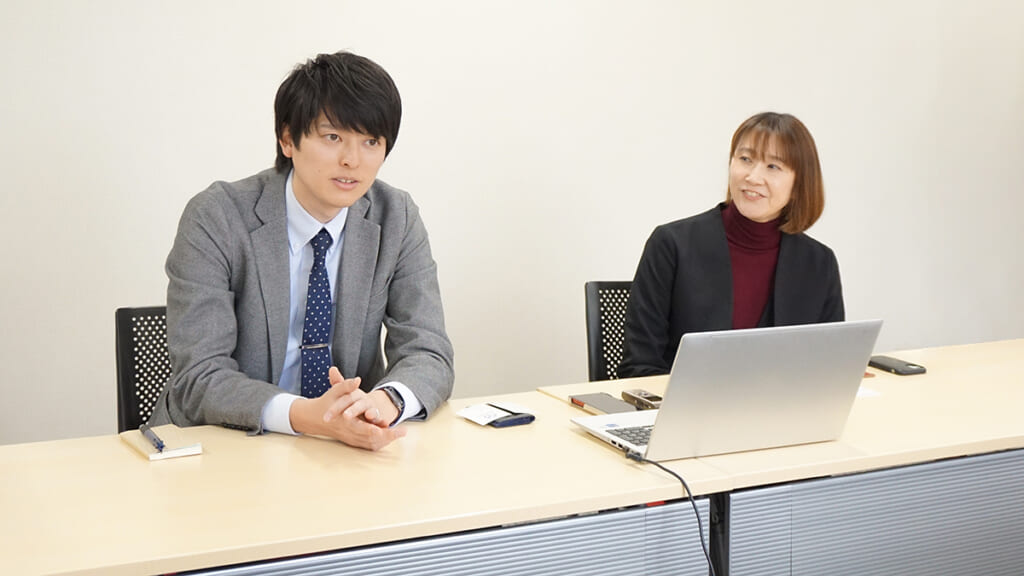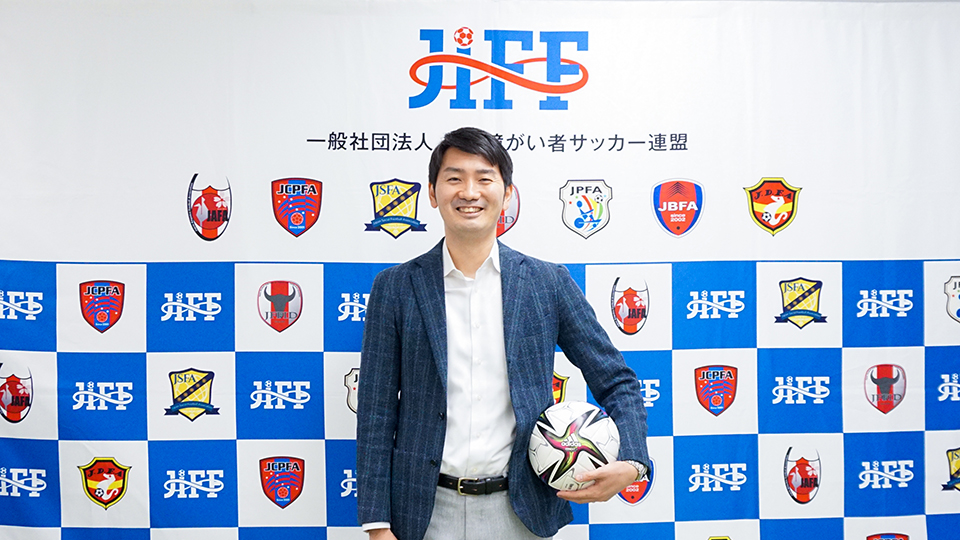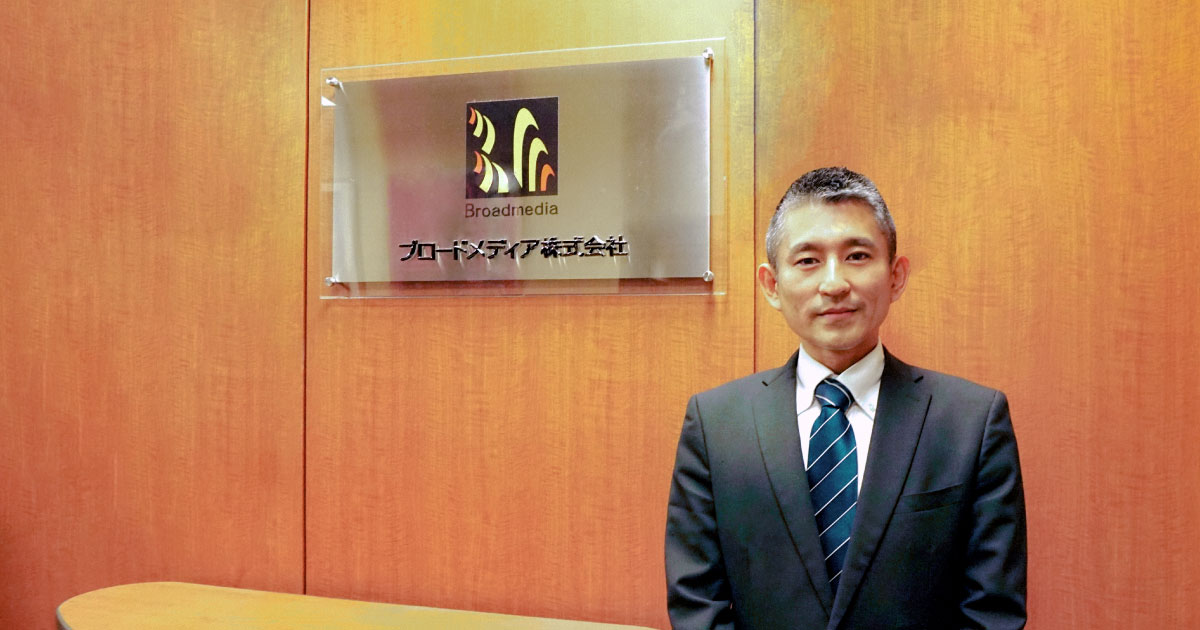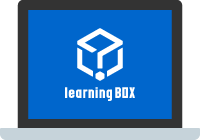400,000 yen annual cost-cutting succeeded. Reduction of man-hours by organizing the system and linking to Kaonavi
Release Date :
Release Date :

Ms. Sachiko Ando (left) Mr. Yusaku Nakamura (right)

- We needed to establish a new training system in line with FSA guidelines, and were looking for an e-learning system that would enable us to deploy uniform training to all employees.
- The use of three different systems for different purposes was resulting in a large amount of work and cost, so it was necessary to review the system.


- With the introduction of learningBOX, all employees can now take training courses via e-learning. In addition, course history can be kept as a record of training results, enabling compliance with guidelines.
- By putting the systems together and linking them, the company was able to cut costs by ¥400,000 per year. In addition, the workload was significantly reduced and efficiency improved.
F.L.P., Inc. is an insurance agency that operates "Insurance Consultation Salon FLP" and "Hoken-no-door" nationwide, handling products from more than 30 insurance companies and offering free consultations with professional consultants on reviewing insurance policies. Another feature of the company's services is that it offers consultation on inheritance. The company has introduced and is using learningBOX to establish a new training system in line with laws and guidelines. Even after the introduction of the system, new issues arose, and the company reviewed the services it was using. In this interview, we asked them about the background of the introduction of learningBOX, the challenges they faced before the introduction, and their path to cost reduction and operational efficiency improvement.
E-learning was needed to ensure that employees across the country could take the training.
First of all, could you tell us about your business?
Mr. Nakamura.We are an insurance agency. We sell insurance products made by insurance companies to our customers on their behalf. Because we are a joint agency, we handle products from multiple insurance companies and are able to flexibly introduce products from different companies according to the customer's family situation.
I belong to the Operations Division, which oversees back-office operations such as finance and accounting, human resources and general affairs, and business improvement. I am in the Finance and Accounting Office, which also manages the company's various systems.
Mr. Ando.I belong to the Sales Support Office within the Sales Division, which provides education and training for planners and oversees the stores. I am mainly engaged in activities to attract customers.
Please tell us about the background of the introduction of learningBOX.
Mr. Nakamura.Between 2012 and 2013, when the number of walk-in insurance agencies like ours was expanding nationwide, the Financial Services Agency, which oversees the insurance industry, held a Financial System Council meeting to discuss how insurance products and services should be provided and other issues.
Then, in 2014, the revised Insurance Business Law was promulgated and new guidelines were issued. These so-called "posture improvement" guidelines called for the strengthening of various controls and included thorough employee training.
In line with these guidelines, we needed to establish a new internal structure, which led us to search for an e-learning system.
We started using learningBOX in 2016.

What challenges did you face before introducing learningBOX?
Mr. Ando.Basically, our stores are tenants in shopping malls, etc., so they are not closed on holidays, and it is not possible to have all employees come to the same place and time. Therefore, we held training sessions only with the manager of each store, and then the manager would instruct each member of the team back at the store.
However, the content of the instruction sometimes varied depending on the level of understanding of each manager. We also wanted to keep a record of the training, and to conduct an objective evaluation of the level of understanding reached by each employee who participated in the training.
There are about 30 stores, each with 4 to 5 employees, for a total of more than 100 employees in various locations, so training was to be conducted via e-learning. However, at the time, various systems had not yet been developed, so it was a challenge to find a way to implement training via e-learning.
Since the introduction of the learningBOX, it has become possible to communicate directly to everyone what we want them to understand, instead of "listening again. We have been able to meet all of our challenges, such as ensuring uniformity in the quality of education, keeping records of the implementation, and objective evaluation in the form of scores.
Three systems were used for different purposes, and we decided to review them
How do you use learningBOX for actual training?
Mr. Ando.The training itself is held once a year, for a set period of time during the year-end and New Year's holidays, when customer traffic is slowing down. All employees are required to take the training during this period.
In our industry, compliance and personal information management are very strict, and we have created 10 questions for each of these areas. For example, in the "Knowledge of Insurance Products" section, there are 5 units of 50 questions each on "Laws and Regulations for Insurance Sales," "Internal Rules," and "Personal Information Management.
In fact, for several years after the introduction of learningBOX, video materials were kept in a separate system and operated separately. As the number of video materials increased, we began to think that we could reduce man-hours more.
So even after the start of operations, new challenges emerged?
Mr. Nakamura.Yes, at that time we were using three systems for different purposes. We were using the talent management system "Kaonavi," learningBOX as an LMS, and a video distribution platform, and work was being done for each of them: registration work for Kaonavi, user management work for learningBOX, and user management work for the video distribution platform. This is the situation.
Just then, there was a collaboration campaign between learningBOX and Kaonavi, and we contacted them.
This was the time when the integration of both systems, learningBOX and Kaonavi, started. At the same time, you also upgraded the learningBOX plan.
Mr. Nakamura.We decided to combine the learningBOX and video platform into a single learningBOX and also integrate it with Kaonavi, which would streamline the work and the cost.

How much cost and man-hours have you actually saved?
Mr. Nakamura.The cost of the video distribution platform alone was 400,000 yen per year, which means that we were able to reduce that amount.
In terms of work efficiency, Kao Navi required monthly updates in the HR department; the learningBOX and video platform were used only once a year for training, but employee information needed to be updated prior to training.
Mr. Ando.The new employees had to be registered on both the learningBOX and the video platform, and the system had to be explained to each new employee, while matching the personnel roster against information from a year ago. We also check the roster to make sure that each employee's store is in the correct location. A final check is then made. The same information had to be entered into two separate systems, resulting in omissions of input and confirmation.
By combining the learningBOX and video platforms, we have eliminated these tasks and mistakes. Now.Updating Kaonavi data also updates employee information in learningBOX, which has greatly reduced man-hours.
The learningBOX plan has been upgraded from the "Starter Plan" to the "Premium Plan", how is the usability?
Mr. Nakamura.I cancelled my video delivery platform so that I could upload more videos, so I could use the maximum data capacity of "Premium planI chose the "I've been using it for a long time. The number of video materials is increasing rapidly, but it is working smoothly without any problems.
For example, at a company meeting, since not all employees can attend at the same time, a recording is sometimes uploaded to learningBOX so that employees who could not attend can watch it.
Mr. Ando.We often use video materials, especially for sales training. At the moment, we have 30 to 40 videos in total. The videos are longer than 30 minutes in content on how to actually approach customers.
It takes 30 minutes to an hour to explain everything, as the story unfolds in a series of steps, not just the main points. The number of videos will continue to grow, so a premium plan will give you peace of mind.
To complete the evaluation items of the new system, we would like to further improve our training.
What do you like about learningBOX?
Mr. Nakamura.What has been most helpful for us is the ability to check that all employees have taken the training, that they have achieved the standard scores, and to download the results in a CSV file.It also makes grade management easy to understand and proves that the company is maintaining a certain level of education.
I also like the UI because it is easy to use. There have been no inquiries from employees about how to use the system, and it seems to be intuitive.
What were some of the difficulties you encountered in operating the learningBOX?
Mr. Ando.The hardest part was creating the questions. In the beginning, we created them in text files, and since none of our employees had knowledge of HTML, it was quite time-consuming. Currently, we are utilizing a question creation form, but even so, there are many questions and we want to make the process as smooth as possible.
We are also having trouble when an employee interrupts a test and cannot seem to resume it in the middle of the test. Many people seem to reflexively press "X" to close the course when they have visitors during the course, and we sometimes receive inquiries about this.

There is an "interrupt and resume" function, which allows users to interrupt the quiz/test in normal mode in the middle of their answers and resume from the middle of the quiz/test, so please take advantage of this function.
Now, could you tell us about your plans for future business improvement and your outlook?
Mr. Nakamura.Apart from the revised Insurance Business Law promulgated in 2014, the Life Insurance Association of Japan has established its own code of conduct, guidelines, voluntary guidelines, etc., and in 2022, the Life Insurance Boarding Agency Agency Evaluation Operation System, which evaluates the quality of insurance agencies, will be launched.
There are a total of 210 evaluation items, such as "development of a system for solicitation to implement proposals that meet customer needs" and "solicitor education," all of which must be fulfilled. In the category of solicitor education, there are items such as, "All solicitors take training at least once a year on the continuing education system without omission.
Also, the items are set very strictly for compliance. Currently, videos are mainly used in sales training, but in the future we would like to upload training videos on legal aspects every month so that all employees can view them and respond according to the evaluation items.
Finally, what advice would you give to those who are considering implementing learningBOX?
Mr. Nakamura.It is very useful as a management tool. It allows us to manage the progress of all employees, including whether they have received training, watched videos, andGradesscreen is also easy to understand.
I think it is especially recommended for companies that want to keep a record of their employees' course histories as a record of their training. It is also good that the system can be operated intuitively without specialized knowledge.
Mr. Ando.I think it is good that videos can be managed and categorized visually and clearly. It is very easy to see the videos because they can be managed by category.
If you would like more information about the linkage between the talent management system "Kaonavi" and "learningBOX", please contact learningBOX implementation support.Get in TouchPlease.
Thank you for your participation
!








